 Today, I’m pleased to welcome another guest blogger. You may remember E.C. Jarvis as the writer of The Machine, a book I reviewed recently. Quick recap: loved it! So you’ll understand why I’m thrilled to have her as my guest.
Today, I’m pleased to welcome another guest blogger. You may remember E.C. Jarvis as the writer of The Machine, a book I reviewed recently. Quick recap: loved it! So you’ll understand why I’m thrilled to have her as my guest.
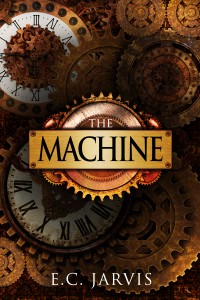 E.C. Jarvis is a British author working mainly in speculative and fantasy fiction genres. For the last thirteen years, Jarvis has been working her way through the ranks of the accountancy profession in various industries. During ten of those years she has also been writing.
E.C. Jarvis is a British author working mainly in speculative and fantasy fiction genres. For the last thirteen years, Jarvis has been working her way through the ranks of the accountancy profession in various industries. During ten of those years she has also been writing.
And now, I leave my blog in Jarvis’s capable hands.
How to approach writing/reading your first steampunk novel – a guide for the uninitiated.
EC Jarvis
Steampunk – it’s a weird word. It’s a word I don’t much like. The ‘steam’ part is ok, but if you say the word ‘punk’ to me, it conjures up a very specific image of punk rock – that aggressive movement of music that originated in the 1970’s, with loud shouting and extreme haircuts. It was a sort of rebellion against the stuffed shirts of Britain, a way of sticking it to “the man.” I suppose some aspects of that image are relevant, but generally (in my opinion) the “punk” part of the word is not indicative of the genre. Especially not in the case of books.
To anyone who has never read a steampunk book, I can understand some apprehension you may feel towards it. When I first saw a writing prompt in a small online competition in the genre of steampunk, I knew I felt inspired to write, but I was uneasy about the style and the world. I’d never read anything in the genre and really had no idea what I was getting myself into.
Now I’m almost at the end of writing a four book steampunk series, I think I can safely say – I’m hooked.
Really, steampunk – as a literary genre – is just an offshoot of both science fiction and fantasy genres, with some specific elements.
 It is generally set in a version of Victorian times, the style of dress that characters wear includes corsets, top hats, and googles. There could be airships, steam locomotives, or dragons. The range of stories available is too large to number, but there is almost always some form of adventure, within the pages of a steampunk book.
It is generally set in a version of Victorian times, the style of dress that characters wear includes corsets, top hats, and googles. There could be airships, steam locomotives, or dragons. The range of stories available is too large to number, but there is almost always some form of adventure, within the pages of a steampunk book.
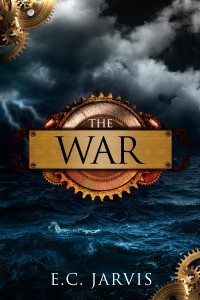 So if you’ve never read one, then don’t worry. There is no prerequisite required besides a healthy imagination and a love of the fantastical. Once you find a great steampunk book, you’ll find yourself shopping for more and you’ll wonder why you hadn’t started reading them sooner.
So if you’ve never read one, then don’t worry. There is no prerequisite required besides a healthy imagination and a love of the fantastical. Once you find a great steampunk book, you’ll find yourself shopping for more and you’ll wonder why you hadn’t started reading them sooner.
And never mind the odd title…us steampunk people are a little odd by nature, so I suppose the strange moniker makes sense in that respect.
Read on!
To learn more about E.C. Jarvis, visit
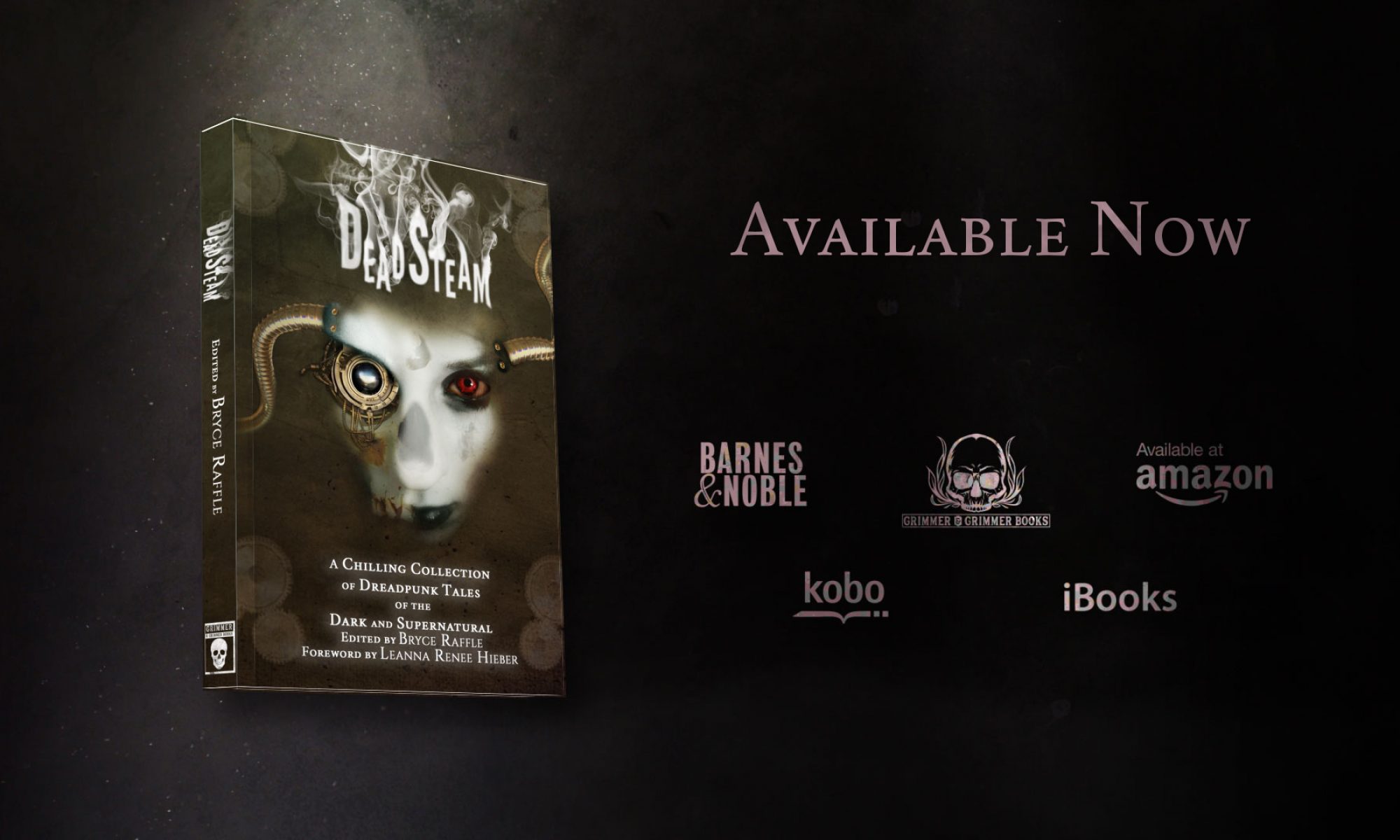

 enjoy visiting the places the zombies – ahh, used the Zee word (Zed Word) – swarm. So dip in, as we now tour London and live the adventure. My Daughter Sian (pronounce Sharn) has helped me with photographs and together we set to:
enjoy visiting the places the zombies – ahh, used the Zee word (Zed Word) – swarm. So dip in, as we now tour London and live the adventure. My Daughter Sian (pronounce Sharn) has helped me with photographs and together we set to:
 When Bryce started doing some research for Dead London, I volunteered some Victorian locations that Bryce might like.
When Bryce started doing some research for Dead London, I volunteered some Victorian locations that Bryce might like.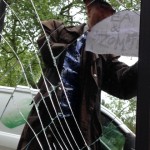

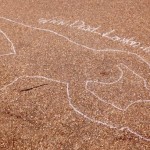







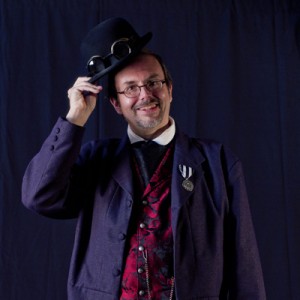
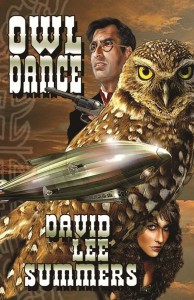
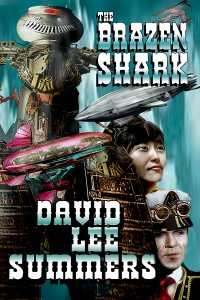 This allowed me to imagine what Japan could be like in this new world as it struggled to overthrow a feudal system in favor of a more parliamentary government. In the process, I introduce a woman who fears this could actually create fewer opportunities for women and her fight to prevent that from happening.
This allowed me to imagine what Japan could be like in this new world as it struggled to overthrow a feudal system in favor of a more parliamentary government. In the process, I introduce a woman who fears this could actually create fewer opportunities for women and her fight to prevent that from happening.